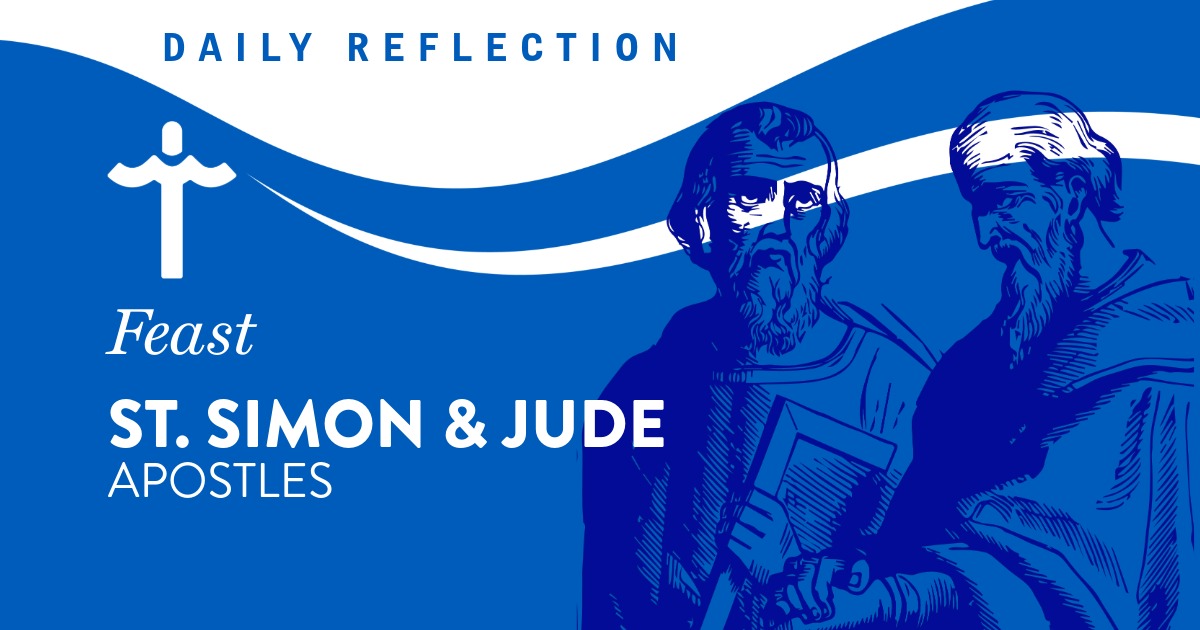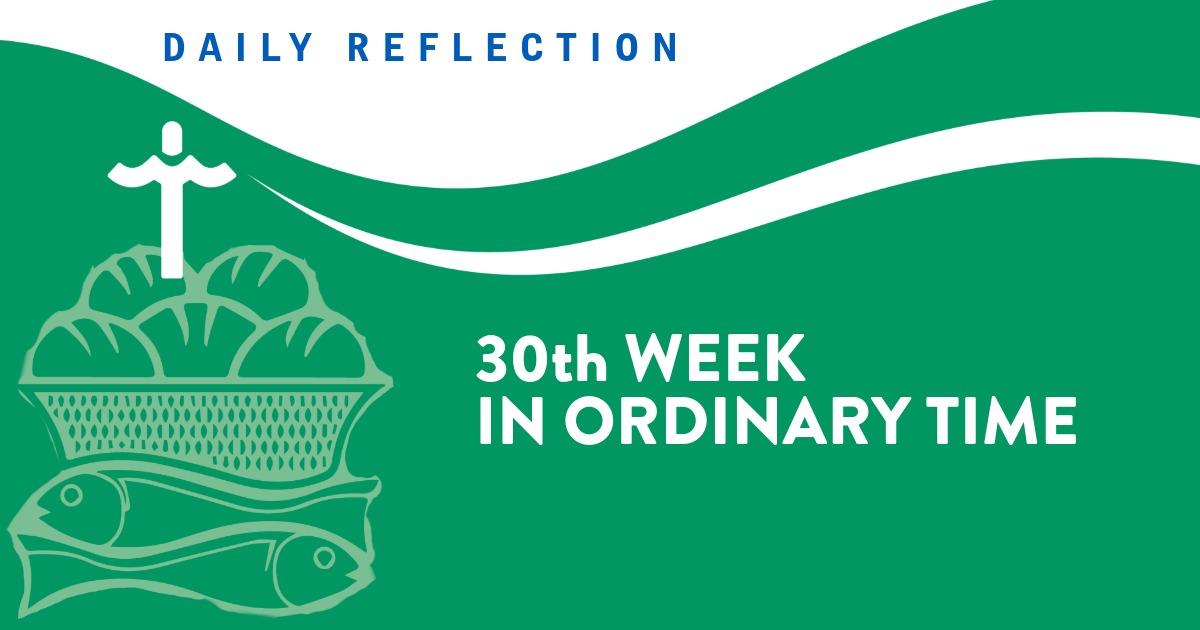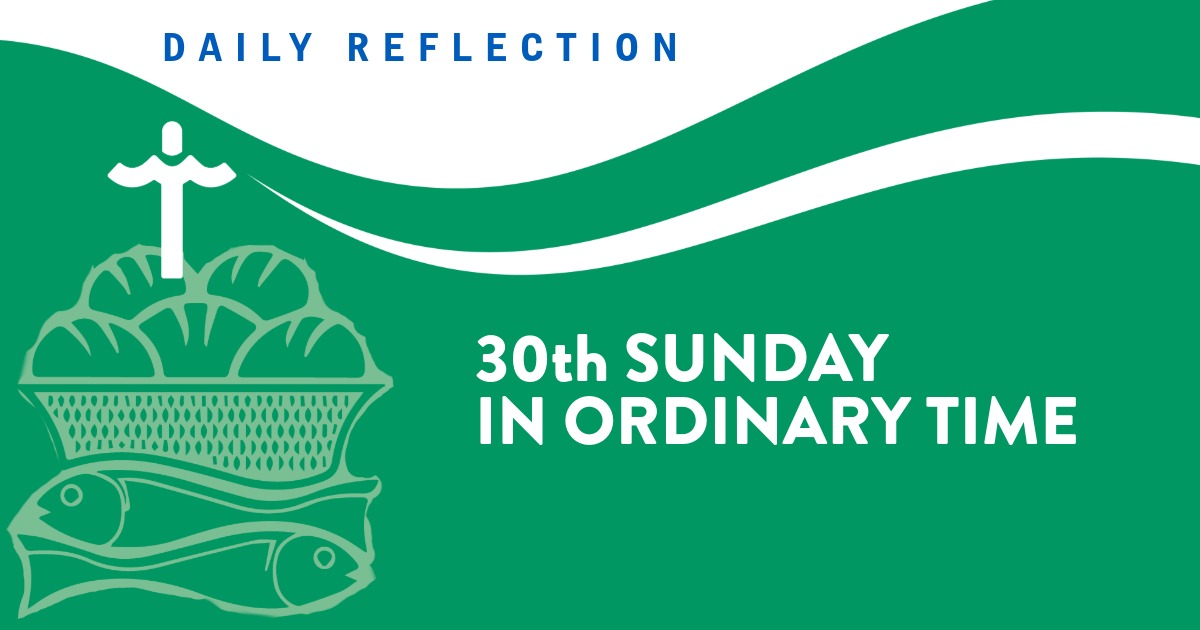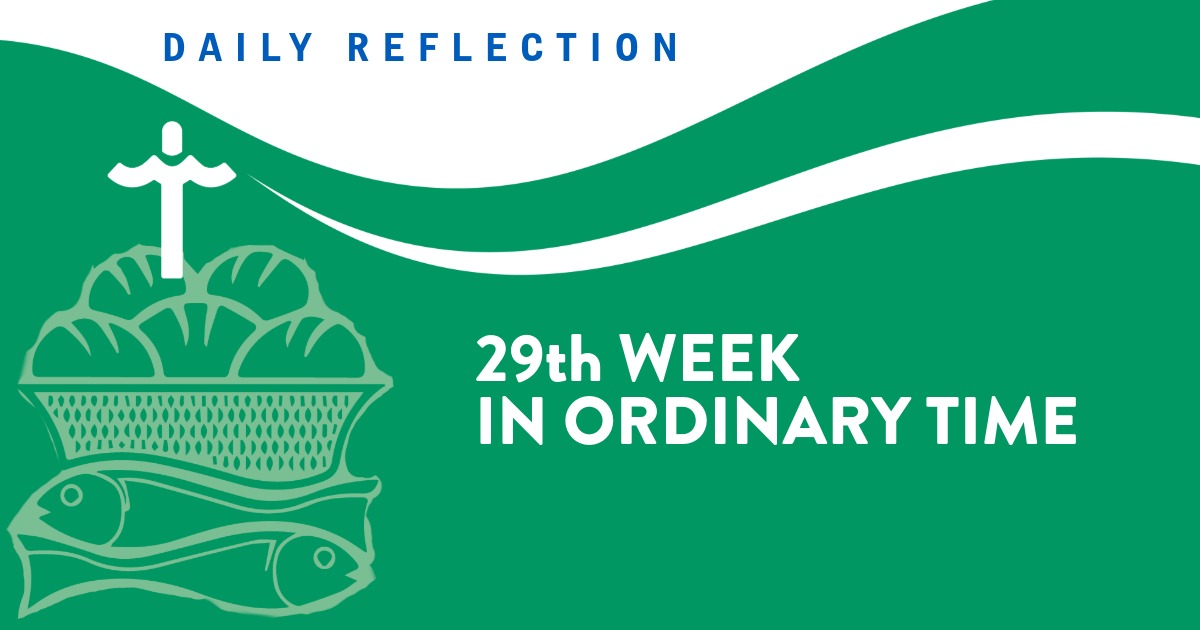Memorial of Saint Monica
In 1Thessalonians 2: 9-13, Paul holds himself up as an example and gives an exhortation to the Church: He reminds them “how irreproachable our conduct was toward you” and how he “encouraged and pleaded” with them to imitate his example by lives “worthy of the God who calls you into his own kingdom and glory.” The Church is a fellowship — a “common unity” — of mutual support by example and prayer.
In the Intercessions of the Eucharistic Prayer, we show this support by praying for all the members of the Church, living and dead. We also ask the support of others’ prayers — the living and the dead. And we draw support from the example of those whose lives and victory give us hope: “in communion with and honoring the memory of Mary, Mother of God, the apostles, the martyrs, and all the holy people who have done your will throughout the ages,” on whose “constant intercession we rely for help.” viii
This “short list” appears in all the Eucharistic Prayers. But Eucharistic Prayer I extends it, and adds a second list to include a total of forty added names. There are two lists because the “focus of selection” for each is different.
The first list comes at the beginning of E. P. I, when the congregation is identifying itself as “one with” the pope, bishops, and “all orthodox adherents to the world-saturating faith that comes to us from the apostles” — omnibus orthodoxis ac catholicae et apostolicae fidei cultoribus.
This list is designed to embrace every category of life in the Church: the parents of the Lord, Mary and Joseph, twelve apostles, five popes, a bishop, a deacon, and five laity who include a spiritual director, two soldiers martyred as conscientious objectors, and two blood-brother doctors nicknamed “the Anargyri” (fee-less). It presents us as a structured Church, one body with many different members, roles, and functions, all equally deserving of honor. ix
The second list comes after the “second Epiclesis,” when the focus of the Eucharistic Prayer is on unity. What we ask for ourselves is “some share in the fellowship” of those named. There are no distinctive categories, just an equal number of seven men and seven women, all martyrs venerated by the early church in Rome.
John the Baptizer precedes the list, as he preceded Christianity. Oddly, Matthias, who replaced Judas as one of the Twelve, is put here; perhaps because Paul, who, along with Barnabas, was an apostle but not one of the Twelve, is linked with Peter to head the first list.
These lists and the Intercessions make us conscious of the unity we have now, and the perfect communion we will have later, with all those men and women who are “in Christ,” both in heaven and on earth.
Initiative: Identify “Christian” with “saint” and live like one.
— Fr. David M. Knight
View today’s Mass readings, Lectionary #427, on the USCCB website here
Fr. David M. Knight (1931-2021) was a priest of the Diocese of Memphis in Tennessee, a prolific writer, and a highly sought after confessor, spiritual director, and retreat master. He authored more than 40 books and hundreds of articles that focus primarily on lay spirituality and life-long spiritual growth.






0 Comments